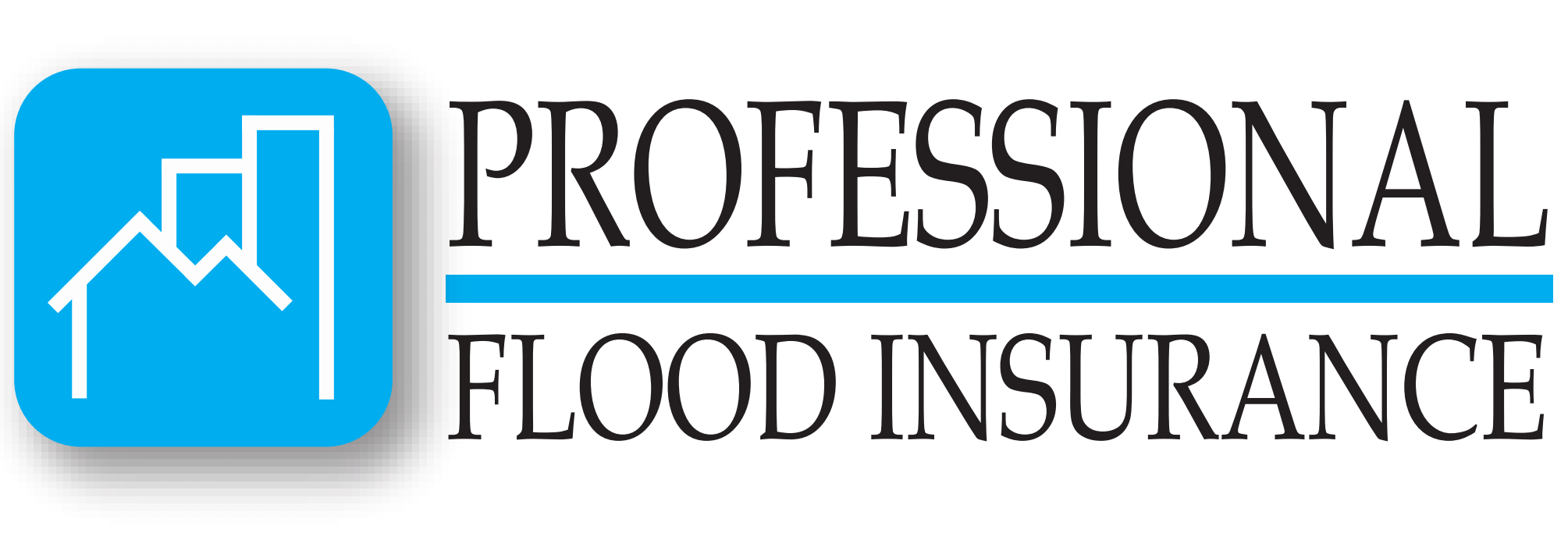Flood insurance in Florida is primarily provided by the National Flood Insurance Program (NFIP), managed by the Federal Emergency Management Agency (FEMA)1. There are two primary types of coverage that homeowners can avail themselves of, namely building property coverage and personal property coverage.
🏠Building Property Coverage
Building property coverage is designed to protect the physical structure of a home, such as the foundation, walls, floors, ceilings, and key systems such as electrical and plumbing. It also covers HVAC equipment, permanently installed appliances, and fixtures like window blinds and attached garages. Even solar energy equipment, well water tanks, and fuel tanks are 2.
This type of coverage is often required for homes that have a mortgage and are located in a high-risk flood zone. If your home falls into this category, it’s crucial to have building property coverage to protect against potential flood damage.
🛋️ Personal Property Coverage
Personal property coverage, on the other hand, is designed to protect your belongings inside the home. This includes items like furniture, clothing, appliances, electronics, and even certain valuable items up to a ___3. While this type of coverage is optional, it is highly recommended for all homeowners to secure their possessions against the potential risk of flood damage, even if they do not reside in a high-risk flood zone.
Both types of coverage have their respective limits, which can vary depending on the level of coverage you choose. Hence, it’s recommended to work with your insurance agent to ascertain the best coverage level for your home and personal belongings.
In addition to these primary types of coverage, there are other options available such as:
🔨 Increased Cost of Compliance (ICC) Coverage
If your home sustains significant damage in a flood, necessitating repairs or rebuilds to comply with local building codes, ICC coverage can provide additional funds to cover these costs.
🌊Excess Flood Insurance
For those who need more coverage than what’s available through the NFIP, excess flood insurance can be an option. This policy can provide additional coverage beyond the limits of the NFIP policy.
In conclusion, Florida homeowners have several options when it comes to flood insurance. These include building property coverage and personal property coverage as the primary types, and ICC coverage and excess flood insurance as additional options. By securing the right flood insurance coverage, you can ensure the protection of your home and personal belongings in the event of a flood.
